IT Training Mistakes That Can Damage The Basis For Success
09 Jan, 20244 minutesIn the face of rapid technological development, companies recognise the need to upskill thei...

In the face of rapid technological development, companies recognise the need to upskill their IT staff. However, poor training practices can result in poor teamwork skills and competitive disadvantages.
It is widely recognised that educating IT teams on the latest technological, business, and security developments is essential for maximum performance and productivity. What isn't often discussed, however, are the mistakes IT leaders make when setting up and overseeing training programs, especially when training is seen only as a mandatory task.
Is your company giving its teams the training they need to keep up with the latest developments in the industry? To find the answer, here's a quick checklist of the seven most common training mistakes to avoid when training your IT teams.
Emphasising the Wrong Goals
A big mistake many IT leaders make is that they rely on an educational structure that prioritises career advancement over skill development.
To keep teams engaged and achieving their goals, we suggest individualising skill building and creating subject-specific assignments on a regular basis. Experimentation builds expertise, especially in a rapidly evolving field like technology, where the ability to learn many new skills is critical to both career and business success, he says.
If you have the right team, some members will leave, but if you have the wrong team, maybe they all stay, slowly and irreparably damaging your business.
Neglect of Soft Skills
It is a grave mistake to focus solely on technical skills while ignoring other important professional skills such as business acumen, communication management and leadership skills. Some call them "soft skills" but we believe they should be considered core competencies.
When team members are unable to communicate and influence both colleagues and stakeholders, they are unlikely to be able to come up with solutions that work for everyone involved. A better approach is to make sure you're doing some of both by developing technical and complementary core competencies.
When you focus on building well-rounded teams, think long-term. You will also build a sustainable and resilient organisation and not just technical skills for today. Don't let urgent things get in the way of your long-term strategy.
Don't Respond to the Change
Commit to constant learning, development, and organisational adaptation to stay ahead of the curve and achieve greater organisational goals. As technology continues to change, IT staff must stay abreast of new innovations to continue to perform their jobs effectively. Prioritising business alignment at the expense of continuous learning and growth can result in a lack of innovation, stagnation and an inability to achieve organisational goals.
Training technology is also evolving rapidly. Intelligent, automated (IA) training options - including offerings that leverage artificial intelligence and machine learning - have the potential to improve training outcomes by providing highly focused, workplace and business-relevant instruction with individualised learning experiences.
Neglect of Diversity
Failure to recognise IT team members as unique individuals leads to inconsistent training outcomes at best. Diversity extends to the uniqueness of how we think and process information, and these differences shape the way we learn and interact.
IT leaders and their fellow trainers should design training modules that accommodate all learning styles. Some people are visual thinkers while others are more analytical or creative. Perspectives matter and that is why a diverse education is important as it allows team members to look at problems and challenges from different angles which can lead to more innovative solutions and better decisions.
We suggest that CIOs broaden their perspective on training and focus on the needs of their teams. It starts with encouraging employees to be creative and curious while designing the workplace to prioritise individual development. Employees are looking for leaders who will provide them with a workplace where they have a seat at the table, whether to anticipate customer needs, understand company needs and forecasts, identify and pursue business, or motivate themselves to feel.
Understand the Importance of Education
IT leaders tend to assume that most employees understand the importance of training and how it relates to their jobs. IT professionals want training to be relevant. If team members don't understand why a particular training program or session is necessary, they are unlikely to see its value. Focusing on topics that are relevant to their job and potentially lead to career advancement keeps employees motivated and willing to learn.
If they don't see the value of training, they're likely to dismiss it as an unnecessary chore. They either don't take the time to do it or they repeat the exercises without digesting or retaining the most important messages or insights. Not only does this defeat the purpose of the intended training, but it can also lead to frustration and disinterest in the team. IT professionals crave growth and professional development. "If they don't see the value in their current training programs, they may lose motivation or even consider changing jobs.
To increase the relevance of training, IT leaders must identify and remove training barriers, such as B. Class sessions that interfere with team members' hectic work schedules or take up. Perhaps the best and most effective training approach is to train team members without them even realising it. More and more companies are not just offering traditional formal training, but are making training an integral part of their employees' day-to-day work.
This means that employees are periodically reminded to conduct regular phishing awareness and reporting exercises and incentivise employees to improve by making the learning experience fun.
To Conclude:
In the realm of IT, success is built upon a sturdy foundation of knowledge, skills, and a proactive mindset. By avoiding these common training mistakes, you can ensure that your path to IT excellence remains solid and well-structured. Cultivate a balanced approach to trends, prioritize practical application, hone your soft skills, embrace continuous learning, and actively engage in networking. Through these deliberate efforts, you'll not only establish a robust basis for success but also position yourself as a well-rounded and capable IT professional prepared to excel in an ever-evolving industry.
From Information security, certifications, frameworks, and cyber security recruitment, our specialist consultants act as your trusted advisor to find the people you require. Our consultants work closely with you to get to know your business and listen to your hiring needs. Contact us today to discuss your hiring needs; whether you're building your security team or looking for a new role in the security landscape with one of our consultants.










